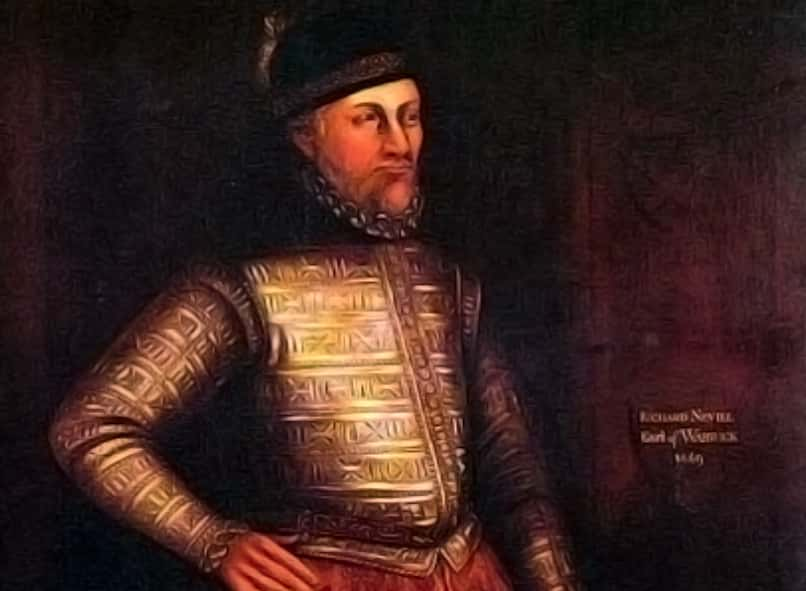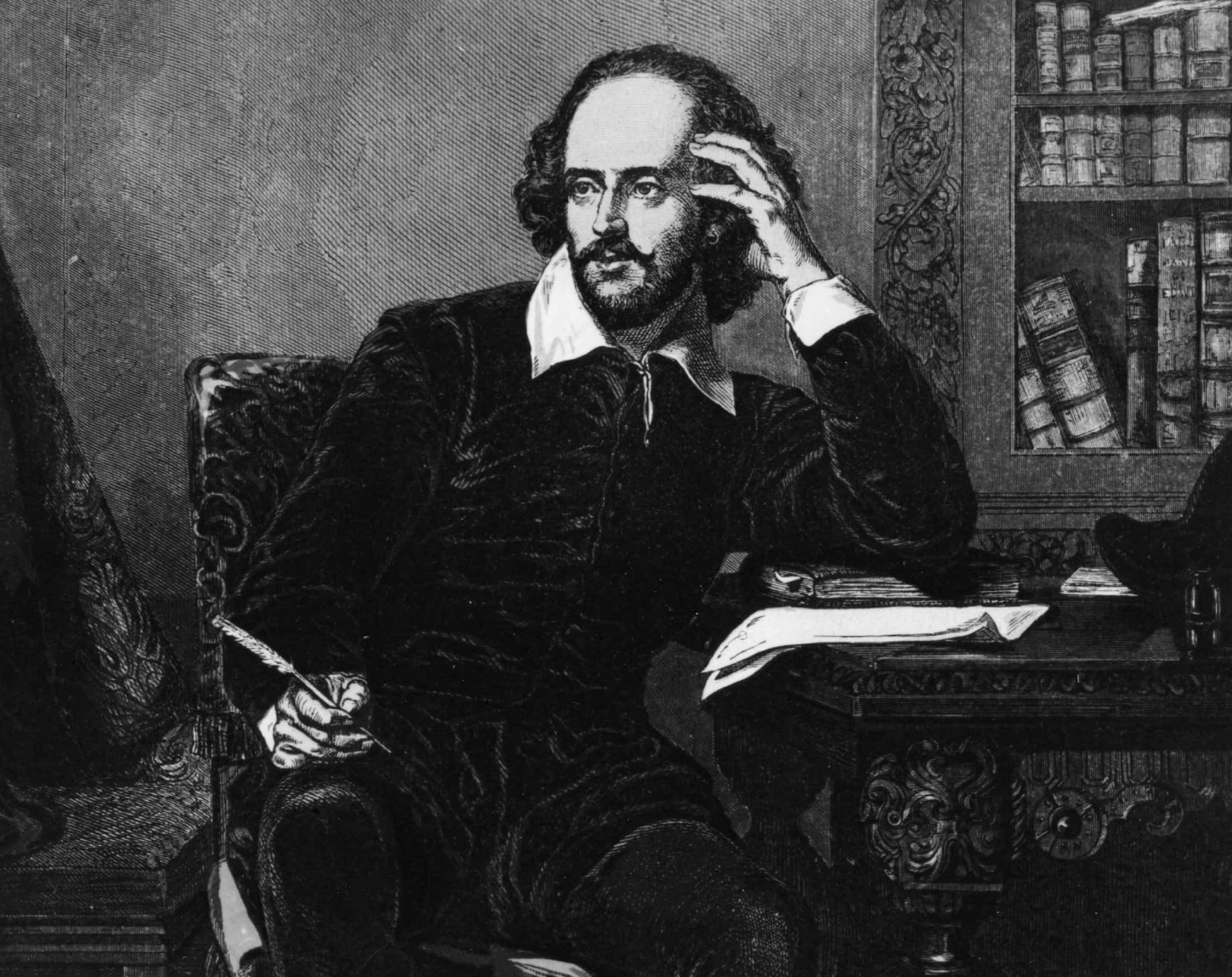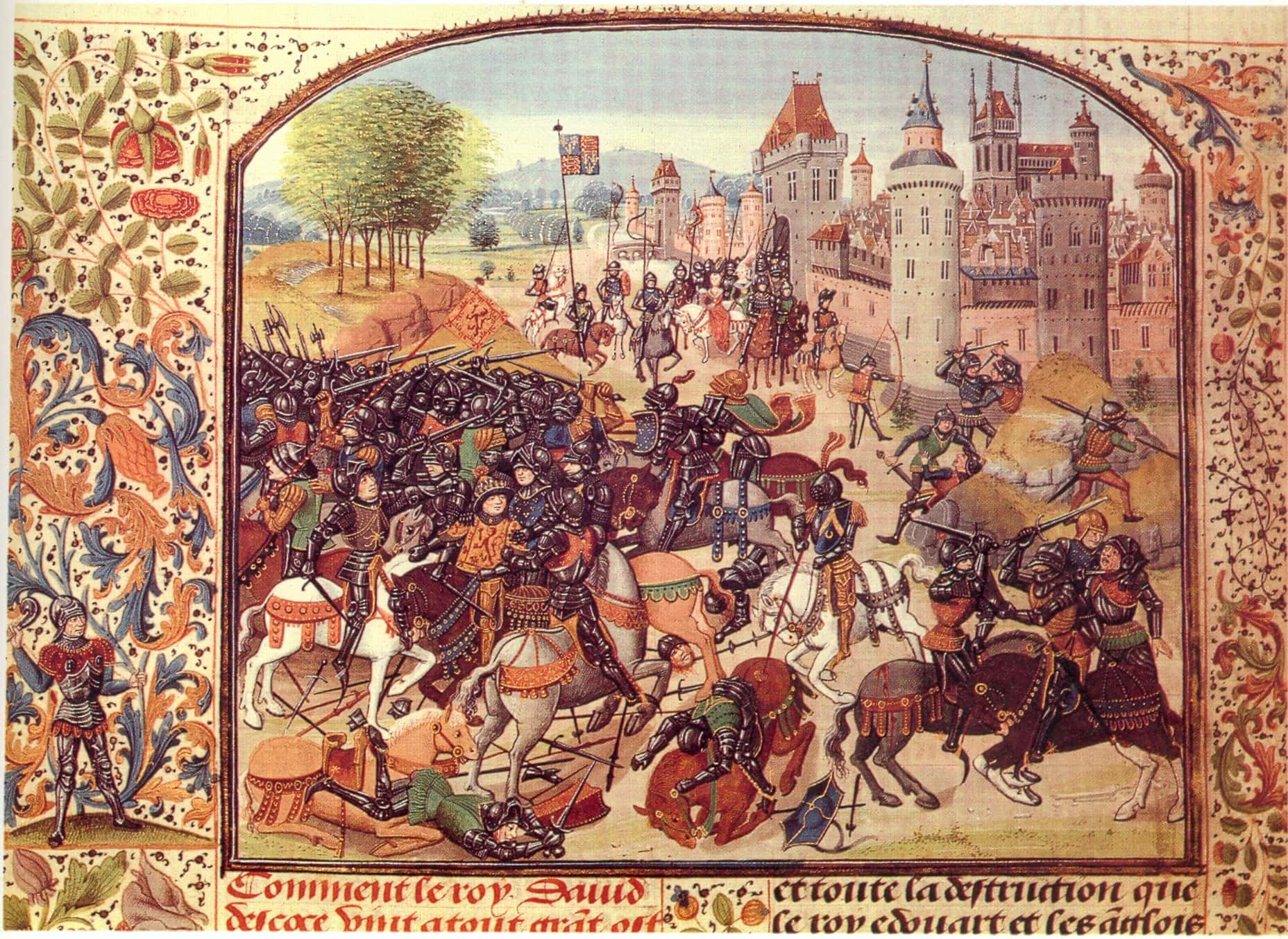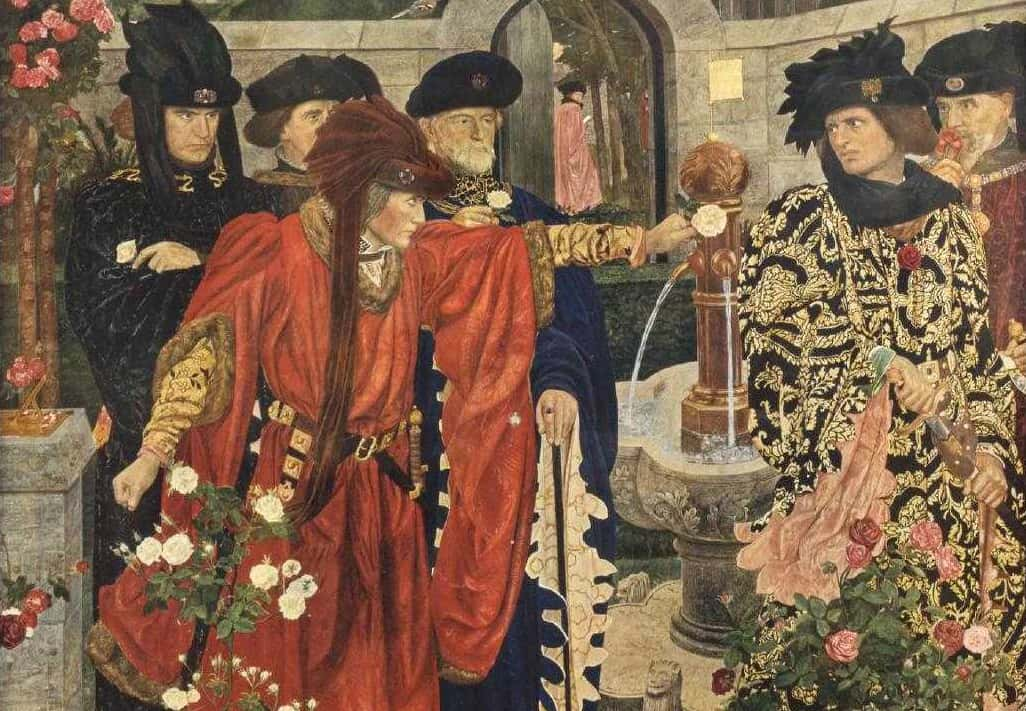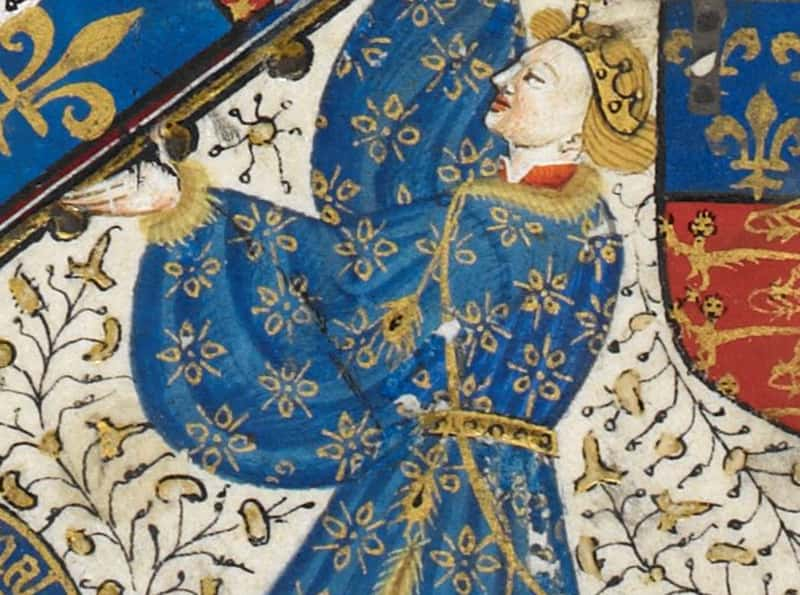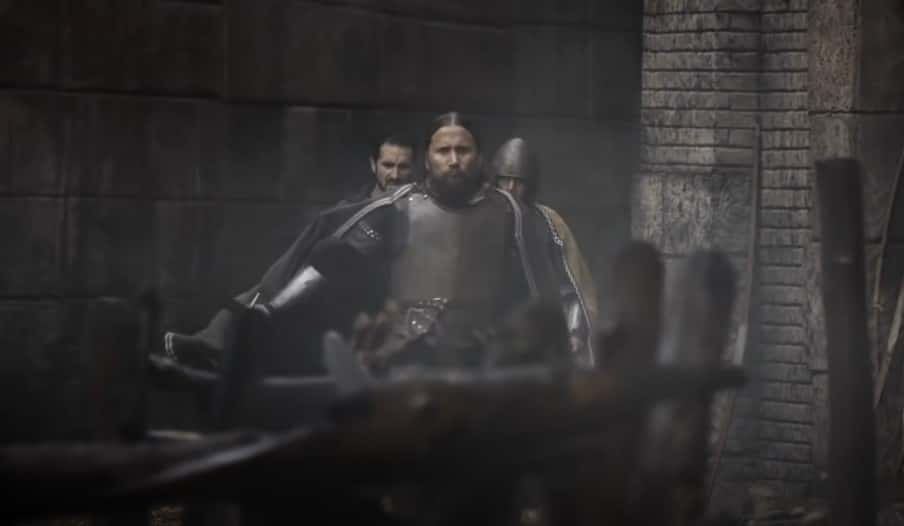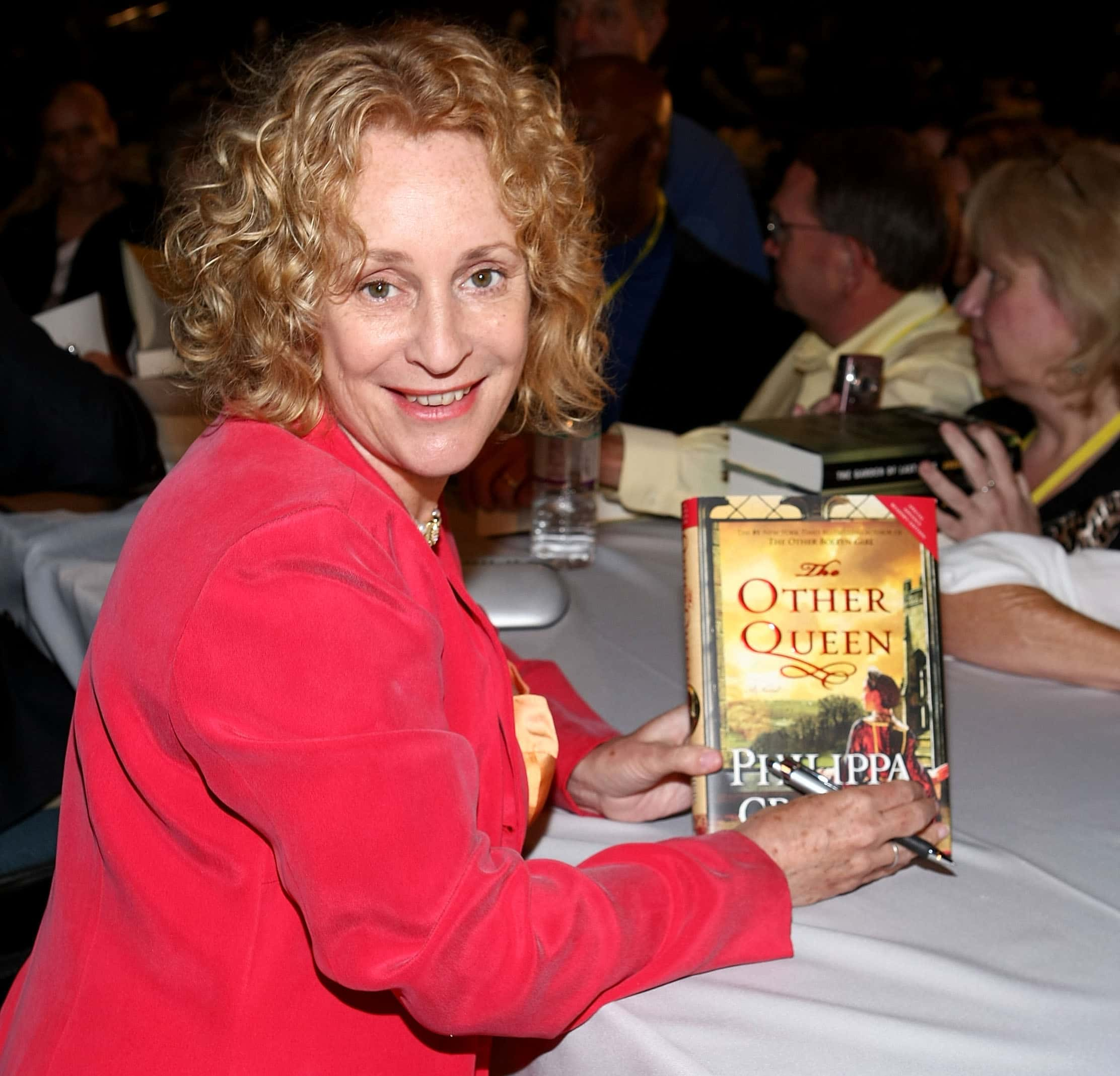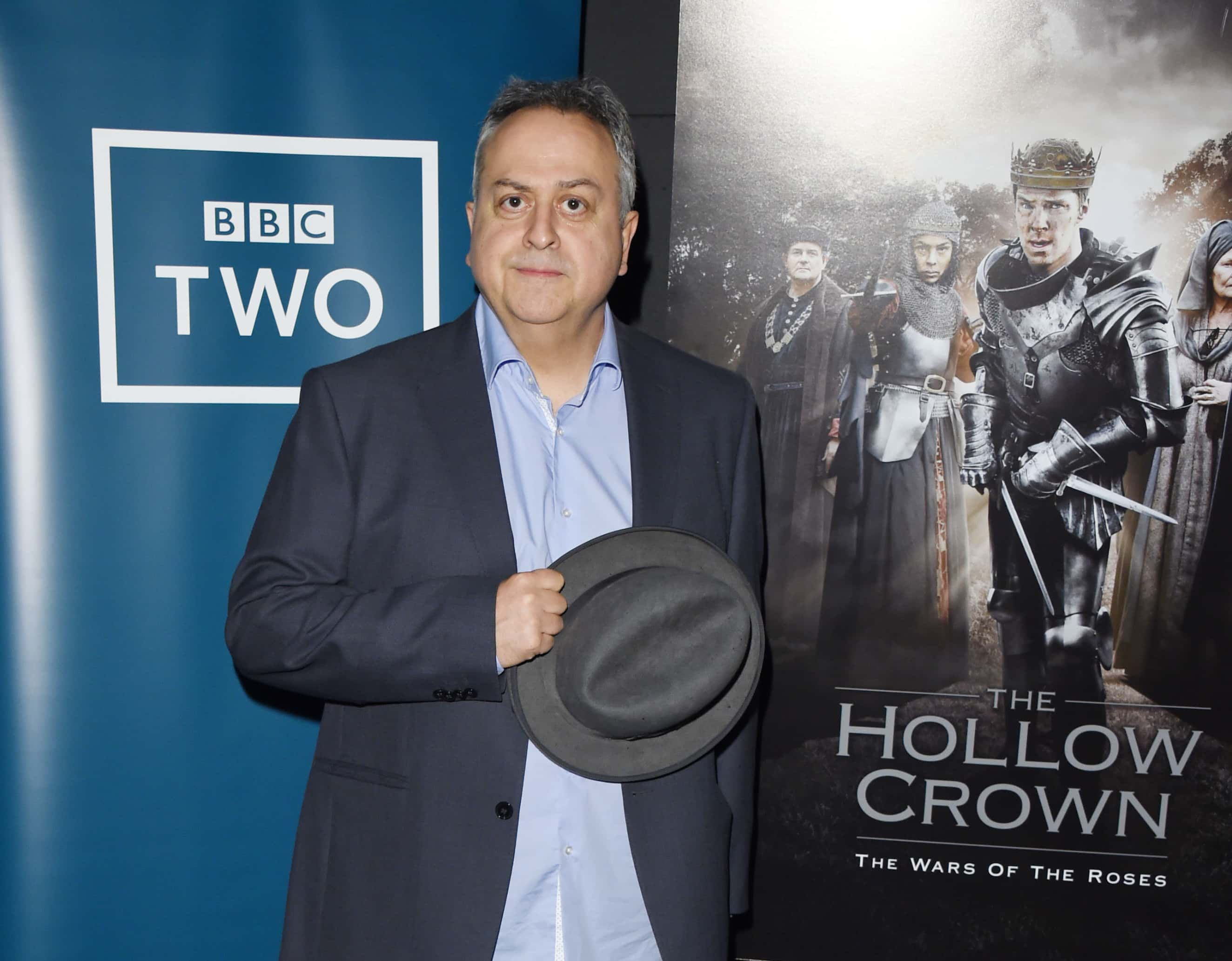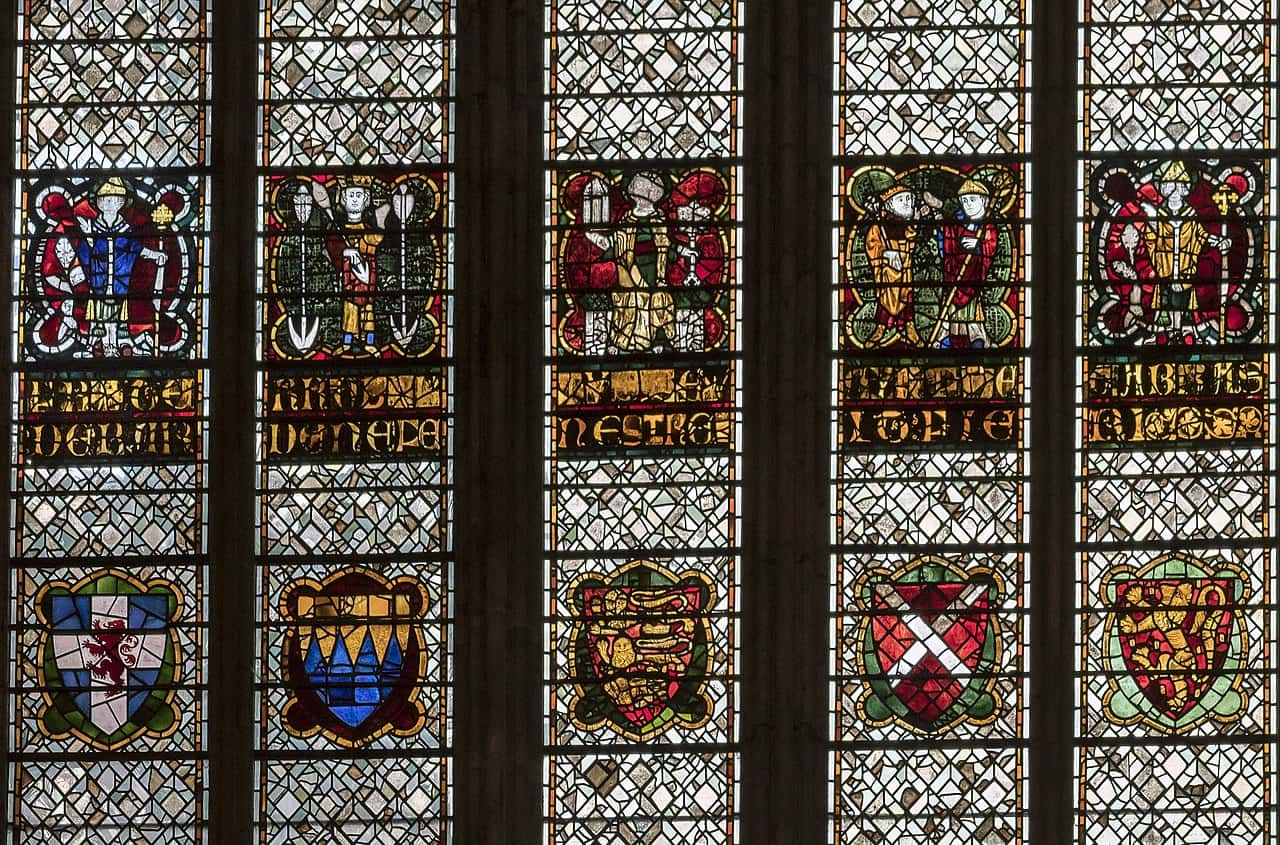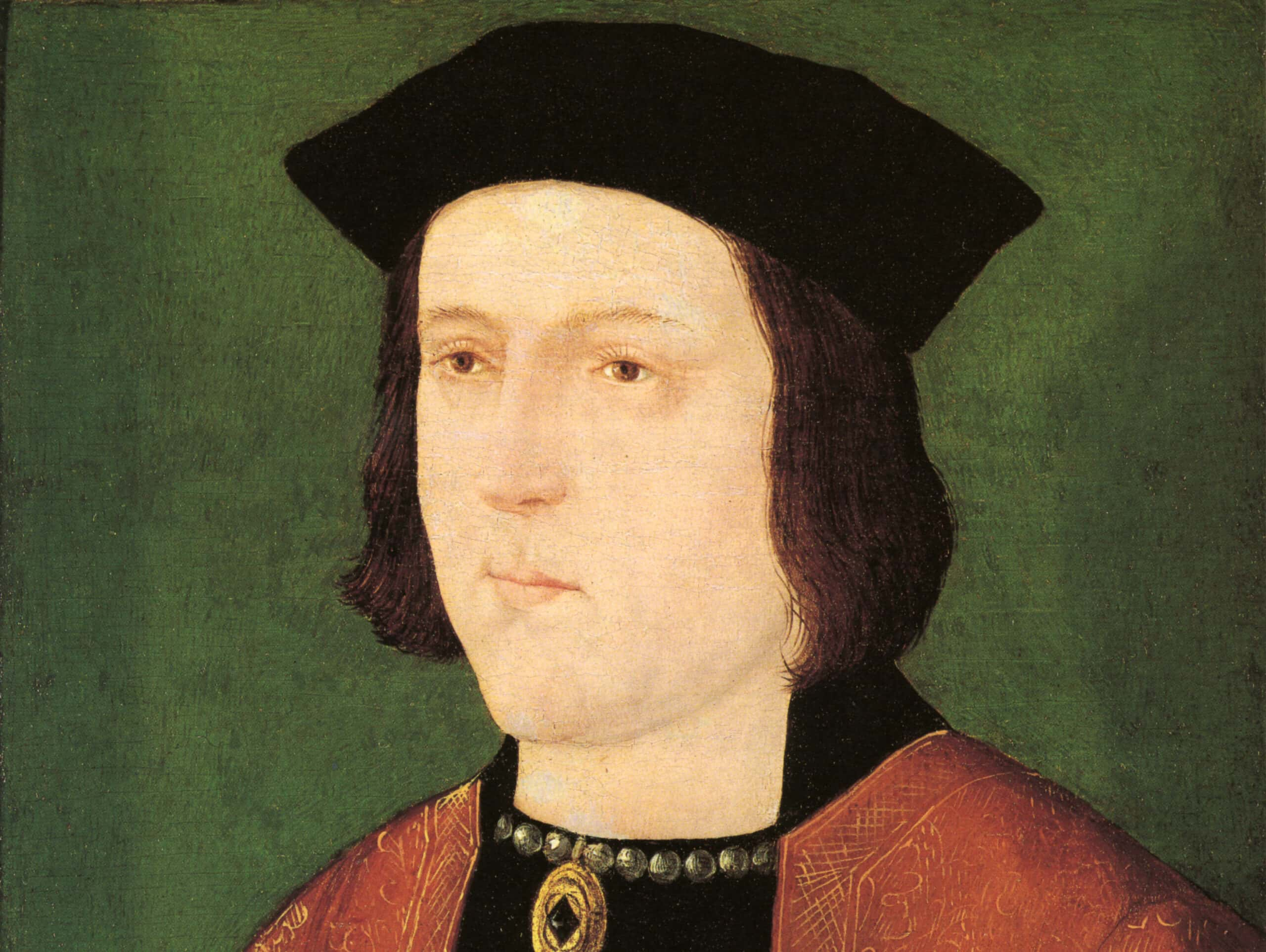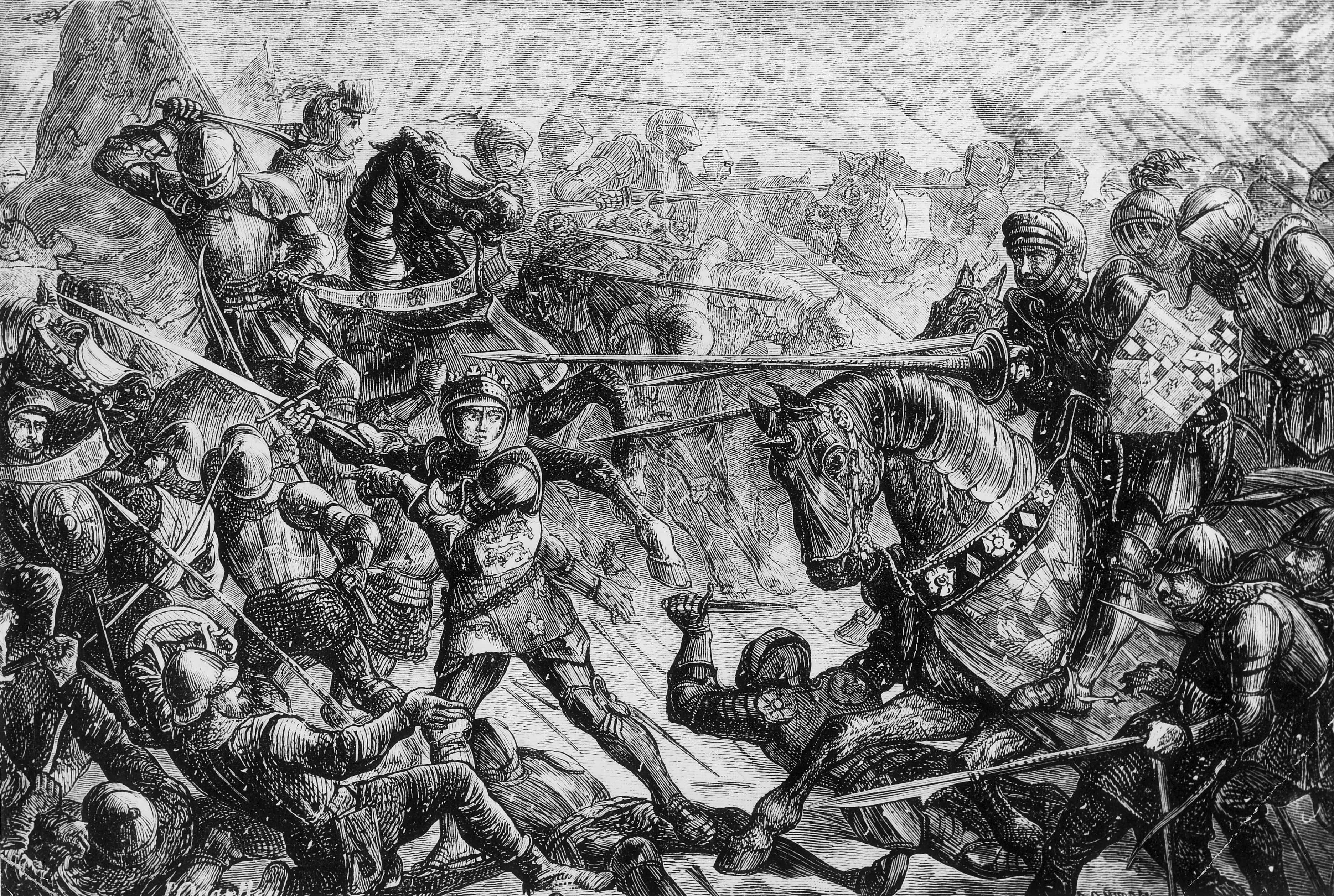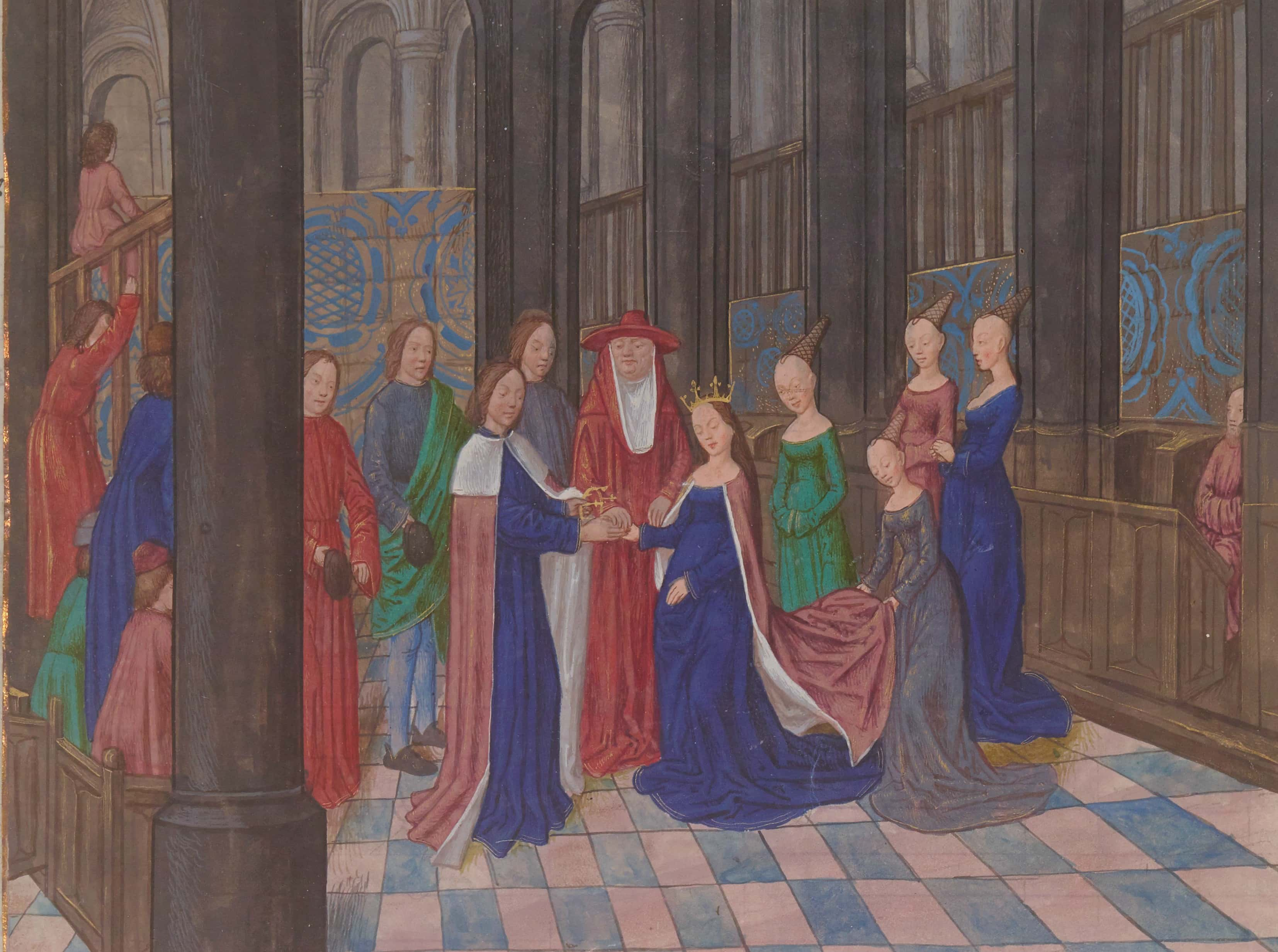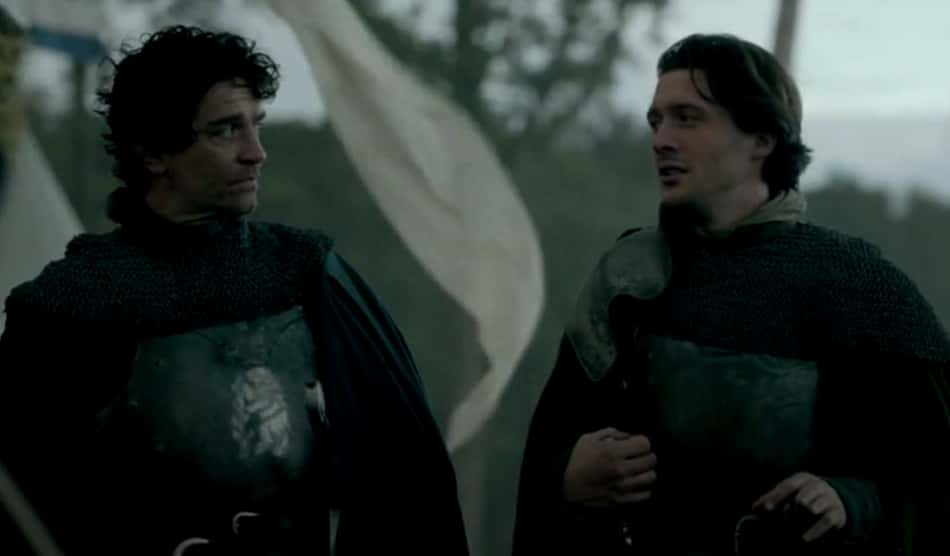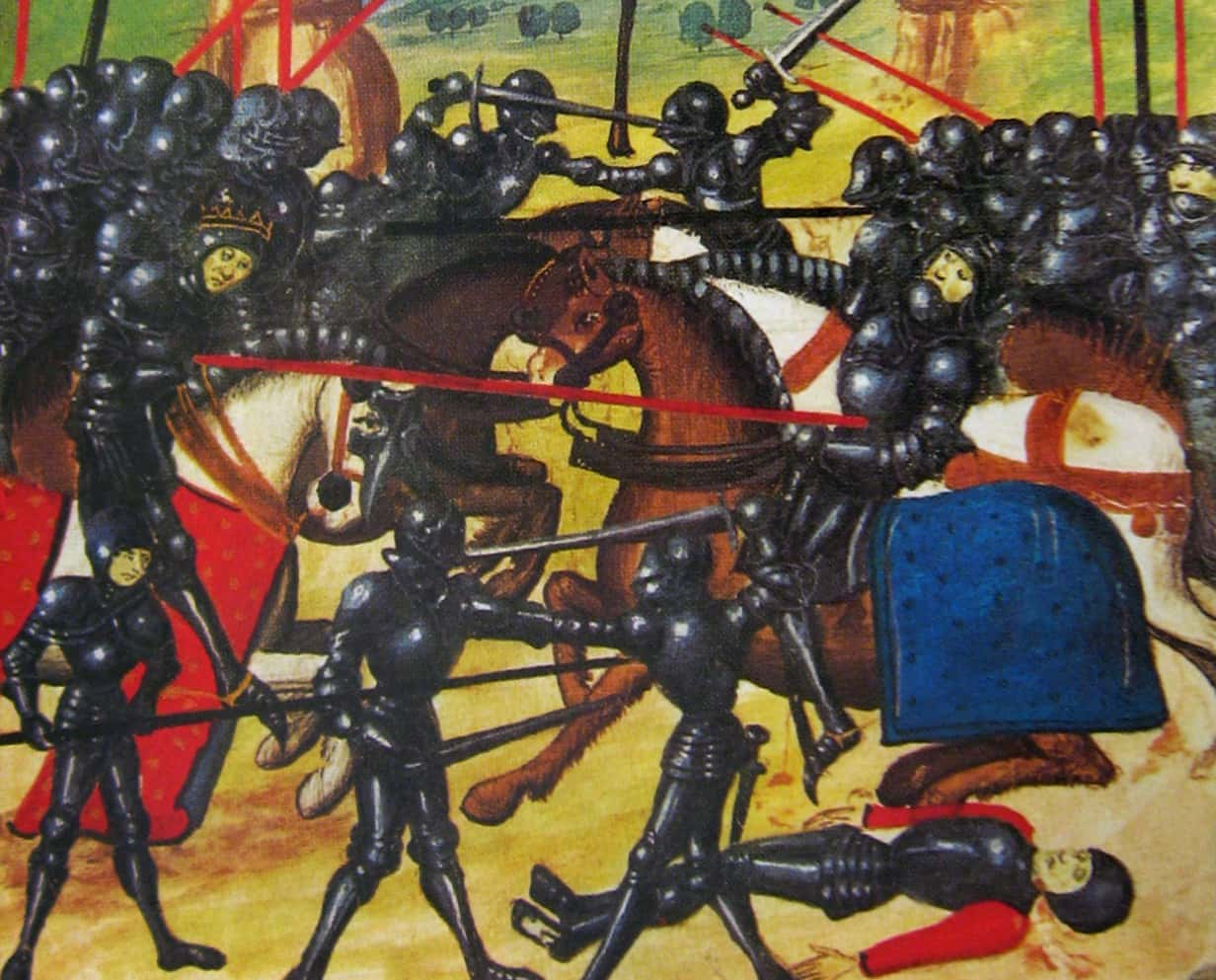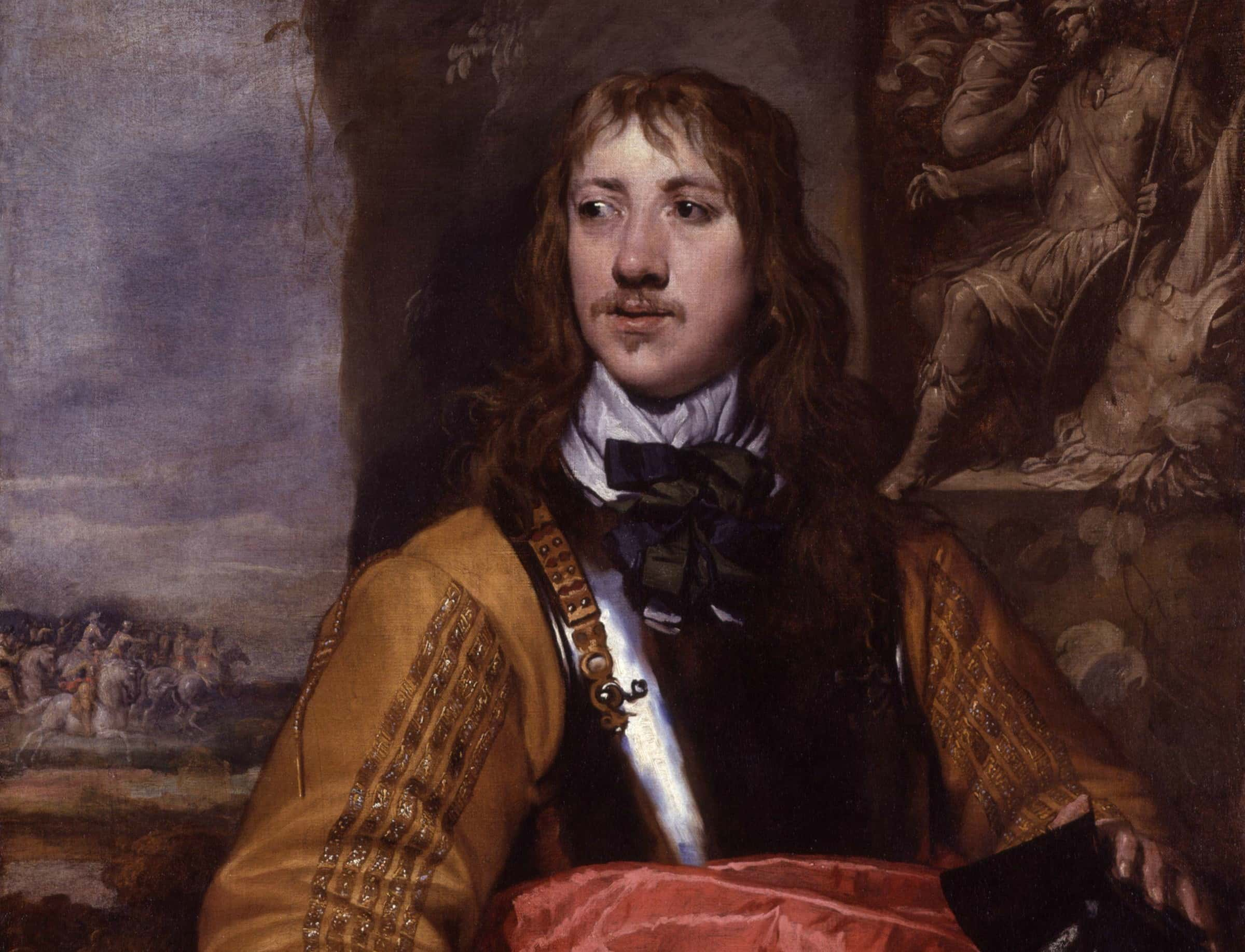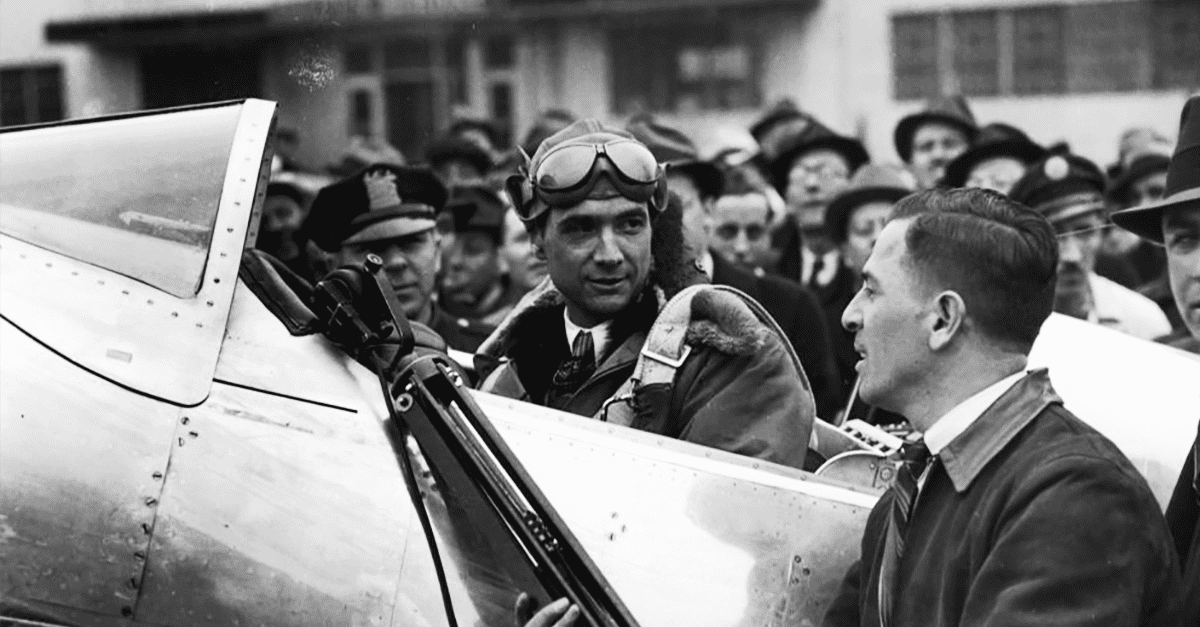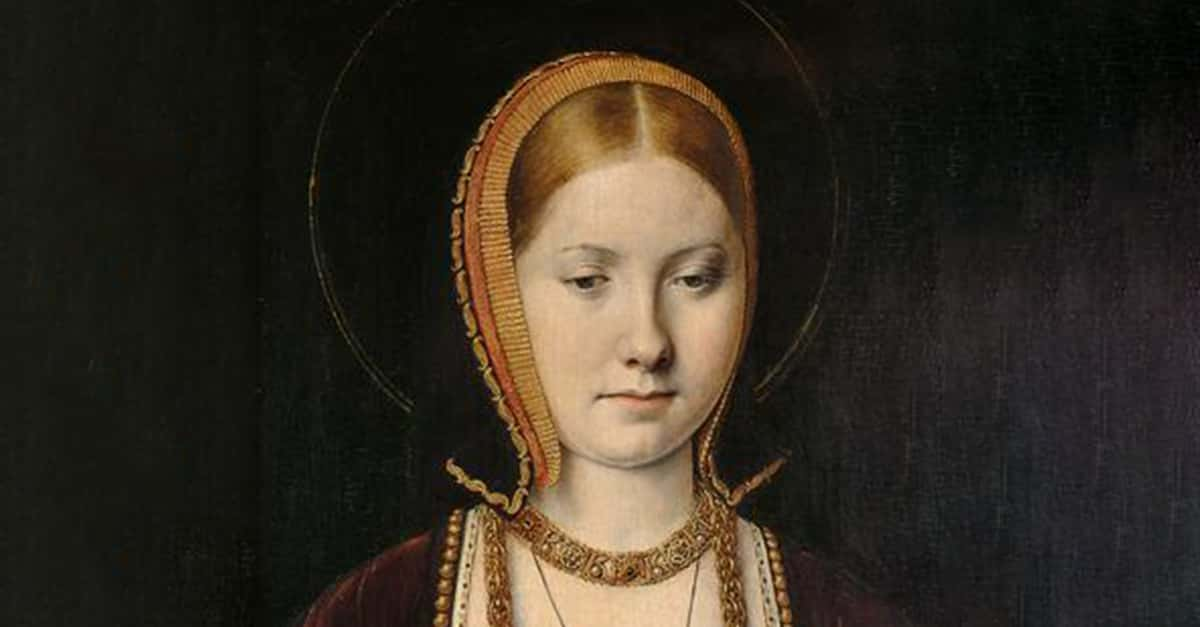The Wars of the Roses witnessed several kings and the collapse of a centuries-old dynasty. The Plantagenets had ruled England for three hundred years when two factions of the family, the houses of York and Lancaster, struggled in bloody conflict over who would take the English throne. One figure who greatly influenced the Wars’ outcome actually served both the Yorks and the Lancasters. This man was Richard Neville, 16th Earl of Warwick, known to history as the Kingmaker. Who was he, and how did he get this nickname, you might be asking? Read the facts below and find out more about this powerful and mysterious figure in English history.
Richard Neville Facts
42. What Shall I Call You?
Neville’s primary title amongst the nobility was the Earl of Warwick. He was the 16th person to hold the title. During the Wars of the Roses, he also became the Earl of Salisbury.
41. It’s Personal!
One reason why Neville and his family sided with the York cause at the start of the Wars of the Roses was an ancient family feud. From the start of their fortunes in northern England, the Nevilles feuded with the noble house called Percy, a more prominent family. Their conflict would bleed into the Wars of the Roses, as each noble house sided with a different faction.
40. A Surfeit of Richards
Neville and his father, also called Richard, would both play important roles in the Wars, taking the side of the Duke of York, another Richard (people really were unoriginal with their names back then).
39. The Blackwoods and Brackens on Steroids
The exact reason for why Neville’s family feuded so fiercely in the first place with the Percy family has been lost to history. Theories have suggested simple ambition as a reason, since both houses cited land disputes with each other at different points in history. Regardless, the feud was one of several factors which led to the Wars breaking out.
38. Where’s Your Birth Certificate?
Virtually nothing is known of Neville’s childhood; we don’t even know where he was born. However, we do know that he was born on the 22nd of November, 1428.
37. That Ladder Won’t Climb Itself!
Neville’s family was long established in County Durham, located in northern England. They are first recorded in the Domesday Book, which was a great survey carried out after William the Conqueror and his Norman army had conquered England. The family was originally Anglo-Saxon, but they married into a Norman family and adopted the French-sounding name Neville.
36. Climbing up Over Corpses
When Neville was only six years old, he was betrothed to Lady Anne Beauchamp, who was the daughter of the Earl of Warwick. Incredibly, luck was on Neville’s side, because the Earl’s son and heir, Henry, died young, as did Neville’s wife, Anne. This led to Neville becoming the new Earl of Warwick.
35. The Kingmaker and the Bard
In the late 1590s, William Shakespeare cemented his reputation as a playwright by writing four plays based on the Wars of the Roses. This tetralogy consisted of a trilogy of plays about the reign of King Henry VI, the mad monarch of the Plantagenets. Neville appears throughout in parts II and III.
34. Double Record
Not to be outdone with Henry VI Part II, Shakespeare ramped up the action for Henry VI Part III, which also featured Neville as an important character. Part II features more battles than any other Shakespearean play, and also features the longest soliloquy of any of his works.
33. Great-Great-Grandpa Ralph
Neville’s ancestor, Ralph Neville, was the first in the family to hold prestigious office amongst the nobility. Ralph was one of the first men to sit in the House of Lords when it was established in 1295 and became the first Baron of Raby.
32. Big Shoes to Fill
Speaking of Ralph de Neville, his son (also named Ralph) helped cement Nevilles' name into history long before the Wars of the Roses. During the Hundred Years War, Ralph Jr. would lead the outnumbered English forces in a triumphant battle against an invading Scottish army led by King David Bruce. The ensuing battle is known to this day as the Battle of Neville’s Cross.
31. We’ll Meet Again!
Despite Neville’s assumption of the earldom of Warwick, there was some opposition to his ascension. The previous Earl had had a daughter who married Edmund Beaufort, the Duke of Somerset. Somerset’s efforts, however, were unsuccessful, and Neville became the Earl of Warwick. Their feud would continue until the First Battle of St. Albans (more on that later).
30. Start from the Bottom…
The earldom of Warwick was said to have included “a hundred manors.” Neville’s fortunes were such that he was the wealthiest nobleman in all of England during his lifetime!
29. Auspicious Aunt
Neville was connected to the Richard, the Duke of York, through marriage. His aunt was Richard's wife, and two of her sons would go on to become Kings of England (Edward IV and Richard III).
28. Wishy-Washy from the Get-Go
Despite this familial connection to York, Neville and his father, the Earl of Salisbury, were not initially on York’s side. In 1452, York unsuccessfully led a campaign to depose King Henry VI of England, whose mental state was deteriorating. Neville and his father sided against the uprising, which proved unsuccessful. But the tides were about to turn.
Around the same time, Neville's rival the Duke of Somerset rose in power, and the feud between the Percy and Neville families escalated. Both these turns of the tide pushed the Nevilles to York’s camp as they tried to cling to power.
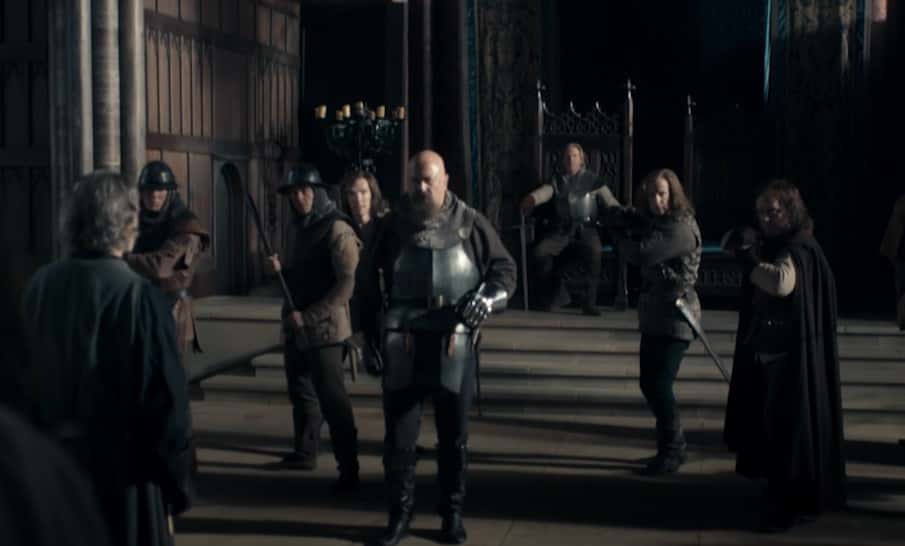 The Hollow Crown (2012–2016), BBC
The Hollow Crown (2012–2016), BBC
27. Rich Man!
At the height of his power and wealth, Neville was boasting an annual income of 7,000 pounds off his estates alone! We won’t even bother to convert this amount to 2019 standards (it would be big), but we can tell you that he was the indisputably richest man in England (second only to the King, anyway).
26. Conn = Artist
Conn Iggulden, a highly successful British author of historical non-fiction and fiction alike, portrayed the exploits of Neville (as well as his family’s feud with the Percy family) in his popular The Wars of the Roses series of novels.
25. So it Begins
Then, the games began. People were sick of Henry VI's madness and began to turn to the Duke of York as a serious replacement for the kingship of England. But when Henry VI recovered temporarily, York had to act fast to intercept the King's bloody revenge—so he attacked first, at the First Battle of St. Albans. The feeble king was taken prisoner, and Neville’s biggest rivals, Lord Percy and the Duke of Somerset, were killed.
24. Thank Goodness Braveheart Is Long Gone!
Neville was 27 when he fought at the First Battle of St. Albans, which was supposed to be his first battle in a long and illustrious military career. However, it’s been speculated that he may have also been involved in a minor war years earlier, fought between England and Scotland in the late 1440s.
23. Second Fiddle in a Series
Neville appears in the historical fiction series known as The Cousins’ War by Philippa Gregory. Specifically, he is portrayed in the books The White Queen and The Kingmaker’s Daughter. The former focuses on Elizabeth Woodville, the controversial wife of Edward IV, while the latter deals mainly with Neville’s daughter, Anne.
22. It’s a Mad World
Neville had two daughters. Isabel would marry Edward IV’s brother, George. Anne, meanwhile, would initially marry Edward of Westminster, the son of King Henry VI. After his early death, Anna later married Richard of Gloucester, the future King Richard III.
21. Living Large
In the late 1450s, when Richard, Duke of York was still running things as Lord Protector of the Realm, Neville became his right-hand man. He was appointed to the position of Constable of Calais. At the time, the French city of Calais remained in English possession.
20. Silver Screen
Because of his appearance in two of Shakespeare’s plays, Neville has been portrayed by several actors over the centuries. One of these thespians is Irish actor Stanley Townsend, who portrayed Neville in the television series The Hollow Crown, which adapts several of Shakespeare’s historical plays.
19. Yo Ho!
In the late 1450s, Neville was on the European continent, and he spent part of that time living a pirate’s life. In 1458, he launched a successful raid against the fleet belonging to the Kingdom of Castile.
18. Higher Ground
Neville’s brother, George, would be appointed the Archbishop of York. This was a high ranking within the church hierarchy of England; only the Archbishop of Canterbury held more authority.
17. Including Every Branch of the Family
Even for the time, Neville’s coat-of-arms were complex. In the attempt to include every noble connection that he had, Neville’s coat-of-arms was quartered seven times! I guess he hadn't heard that there's beauty in simplicity.
16. And Starring…
In 2013, the BBC released a series adaptation of Philippa Gregory’s The White Queen. Consisting of 10 episodes, the series was meant only as a one-season show until Starz began working on follow-ups (they have yet to be released as of January 2019). Neville is portrayed in the series by James Frain, while Neville’s daughter Anne is portrayed by Faye Marsay.
15. My Treat!
Neville was highly popular amongst the common people, due in no small part to his outward generosity. It was said that every morning, six oxen would be roasted by Neville’s cooks in London, and anyone who claimed to know him would be allowed a share of the beef to eat.
14. Today Just Wasn’t My Day!
Despite initial success in the Wars of the Roses, disaster struck the York cause with the 1460 Battle of Wakefield. The Duke of York, the aspiring king, was either killed in the battle or taken prisoner and mocked with a crown of bulrushes before his assailants beheaded him. As for Neville, he wasn’t at the battle, but his father, brother, and brother-in-law were all killed in battle. Not a good day.
13. Where’s the Silver Lining Here?!
As if the disaster at Wakefield wasn’t bad enough for Neville, he attempted to lead forces against the Lancasters to stop them reaching London. However, he was surprised and outmaneuvered by his enemies, and driven back. To make matters worse, the captive King Henry VI was rescued.
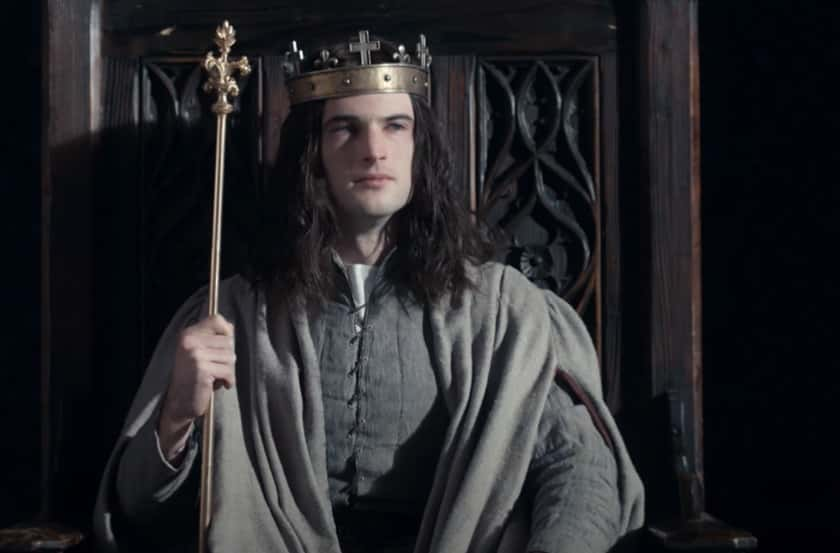 The Hollow Crown (2012–2016), BBC
The Hollow Crown (2012–2016), BBC
12. Today, Life Is Good!
By 1462, the York cause was triumphant again—big time. In fact, Richard of York’s son Edward was crowned King Edward IV of England. Edward looked extremely kindly on Neville, and gave him a fat wad of titles and power.
11. I’ll Sit This One out, Thanks!
The bloodiest battle of the Wars of the Roses was the Battle of Towton, which saw Henry deposed and Edward crowned king (for the first time). The battle resulted in the deaths of more than 28,000 men.
10. Not Cool, Bro!
In the early 1460s, Neville was determined to get the shiny, new King Edward IV hitched to a promising political wife. Using connections he’d previously forged, Neville began negotiating with the King of France for his sister-in-law as a bride. Much to Neville’s surprise and outrage, however, Edward IV secretly wed Elizabeth Woodville instead. It was an embarrassing situation politically, and left Neville with egg on his face. It was also the start of a dramatic shift in Neville’s relationship with Edward IV.
9. Lost in Adaptation
The Wars of the Roses served as a major inspiration for George R.R. Martin’s A Song of Ice and Fire series, which was later adapted to television as Game of Thrones. Being such a prominent figure in that era, Neville has been seen as inspiring a number of characters. Two such characters are Lord Walder Frey and Mace Tyrell. Like Neville, both men contribute great wealth and large forces of soldiers to the cause of one king or another, making deals with marriages to secure their allegiances.
8. You’re Lucky Richard Neville Can’t Sue!
Neville’s moniker of “The Kingmaker” was given to a character in the history of the A Song of Ice and Fire books, too: Ser Criston Cole, a member of the Kingsguard during the reign of King Viserys I Targaryen. He appears in The Rogue Prince, The Princess and the Queen, and most recently, Fire & Blood, though he is only briefly mentioned in the main series.
7. A Pair of Turncoats
Following Edward IV’s marriage to Elizabeth Woodville, things took a turn for the worse in the late 1460s for the monarch. More than a little miffed, Neville helped orchestrate conspiracies against the king, and even turned the King's brother George against his own flesh and blood. He plotted to replace Edward IV with George—and even forced Edward IV go on the run.
6. On Second Thought…
In 1470, Neville traveled to France, where he met up with the exiled Queen Margaret of Anjou, the wife of the currently-disgraced old King Henry VI. An agreement was made where Neville would help restore Henry VI and his family to power, which led to Edward IV being dethroned that same year. And as for George? Well, he just got a new noble title and a "sorry, bud."
5. The Kingmaker Earns His Name
Neville’s machinations had worked, and he raised Henry VI back to his original kingship, making him the second king that Neville had “made” after Edward. Unfortunately, things went real south real quick from there. You see, Edward IV refused to accept defeat. Instead, he merely took refuge in Burgundy until he gathered enough strength to invade England. George, maybe a little peeved at Neville now that his whole dream of taking over as King was quashed, also reunited with his brother.
 The Hollow Crown (2012– ), BBC
The Hollow Crown (2012– ), BBC
4. What’s Going On?!
Neville would meet his end at the Battle of Barnet on the 14th of April 1471. One reason why the battle turned badly for him was a heavy mist which hung on the battlefield. Lancaster forces were confused and ended up attacking each other by mistake! Neville and his brother would both perish that day, making a serious dent in the Lancaster cause. Edward IV would later demolish his foes and return to the throne later in 1471.
3. History Will Judge Me
Neville has undergone a very diverse legacy following his death. Historians of England remain divided over whether he is to be viewed positively for his conduct and his accomplishments, or negatively for his duplicity and attempts to overreach the English kings whom he helped make. Writer David Hume considered Neville to be “the greatest, as well as the last, of those mighty barons who formerly overawed the crown, and rendered the people incapable of any regular system of civil government.”
2. That Was Cold-Blooded
While it’s been established that Neville was killed while trying to flee the Battle of Barnet, it remains uncertain just exactly how Neville met his end. Some speculated that he was struck dead while retreating, but Edward IV’s sister, Margaret, maintained that Neville had been taken prisoner, but was murdered by men who recognized him.
1. Never Seen Again
Neville’s final resting place was a family vault in Bisham Priory, but not before his body was displayed in St. Paul’s Cathedral to avoid any rumors that he'd actually survived. The Bisham Priory, however, has disappeared into history, along with the vault. Neville’s tomb has never been found or recovered since it was lost.
Sources: 1, 2, 3, 4, 5, 6, 7, 8, 9, 10, 11, 12, 13, 14, 15, 16, 17, 18

